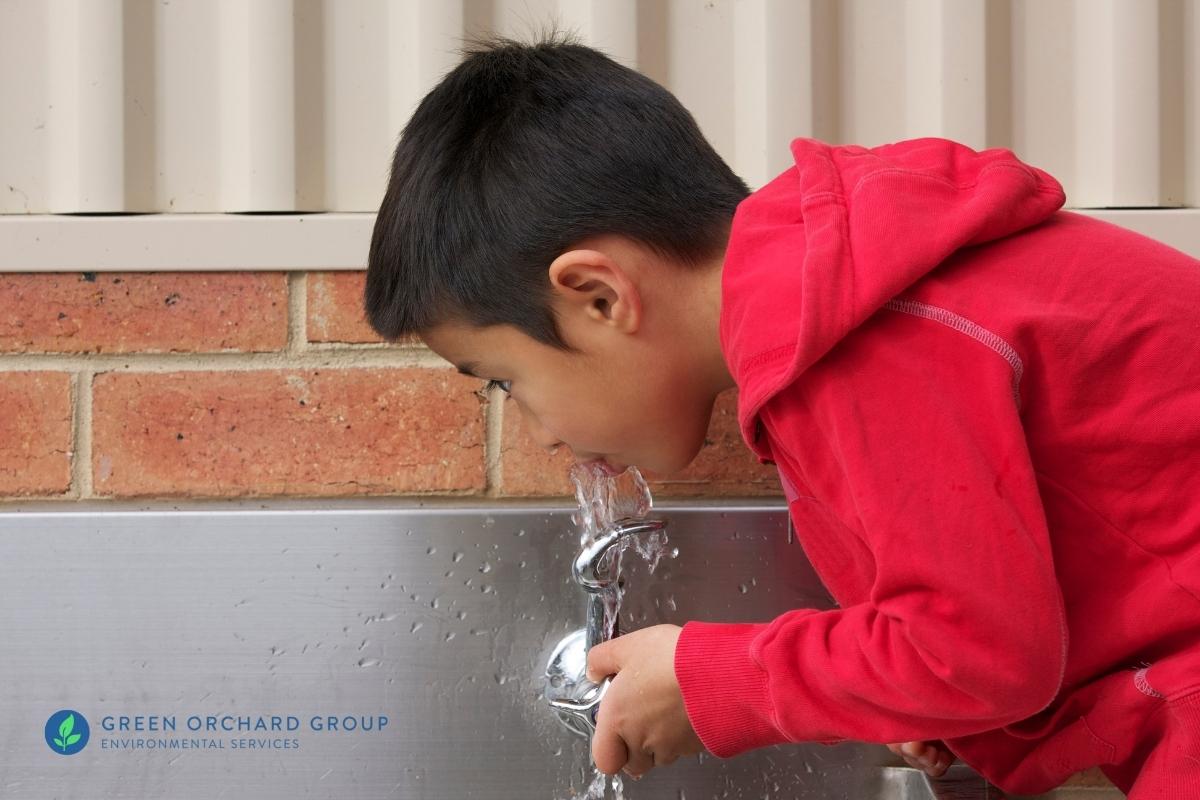
10 NYCRR Subpart 67-4: Lead Testing in School Drinking Water went into effect in 2016 and requires schools to test drinking water for lead contamination. Corrective action must be taken if the amount of lead detected exceeds the action level threshold.
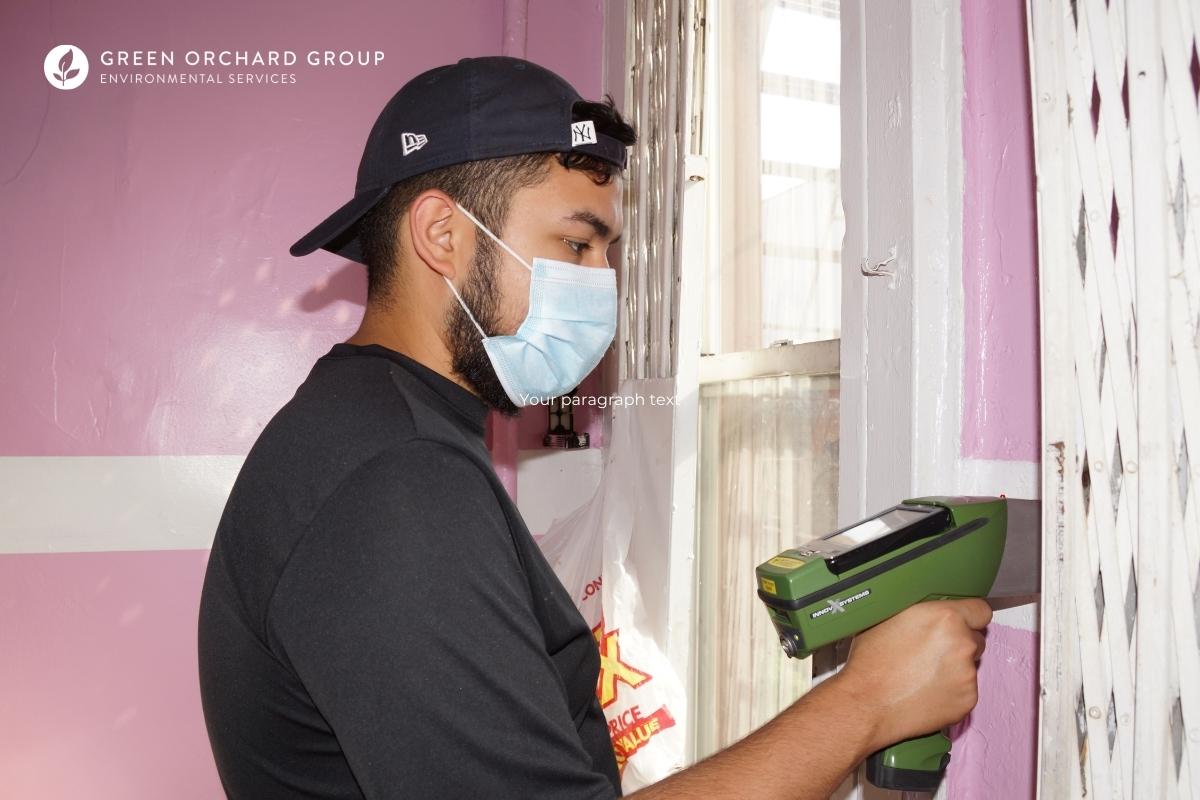
Lead-based paint is a common environmental hazard with serious health consequences, especially for young children. There are 3 methods to test for lead paint: lead test kits, x-ray fluorescence (XRF), and paint chip sampling.
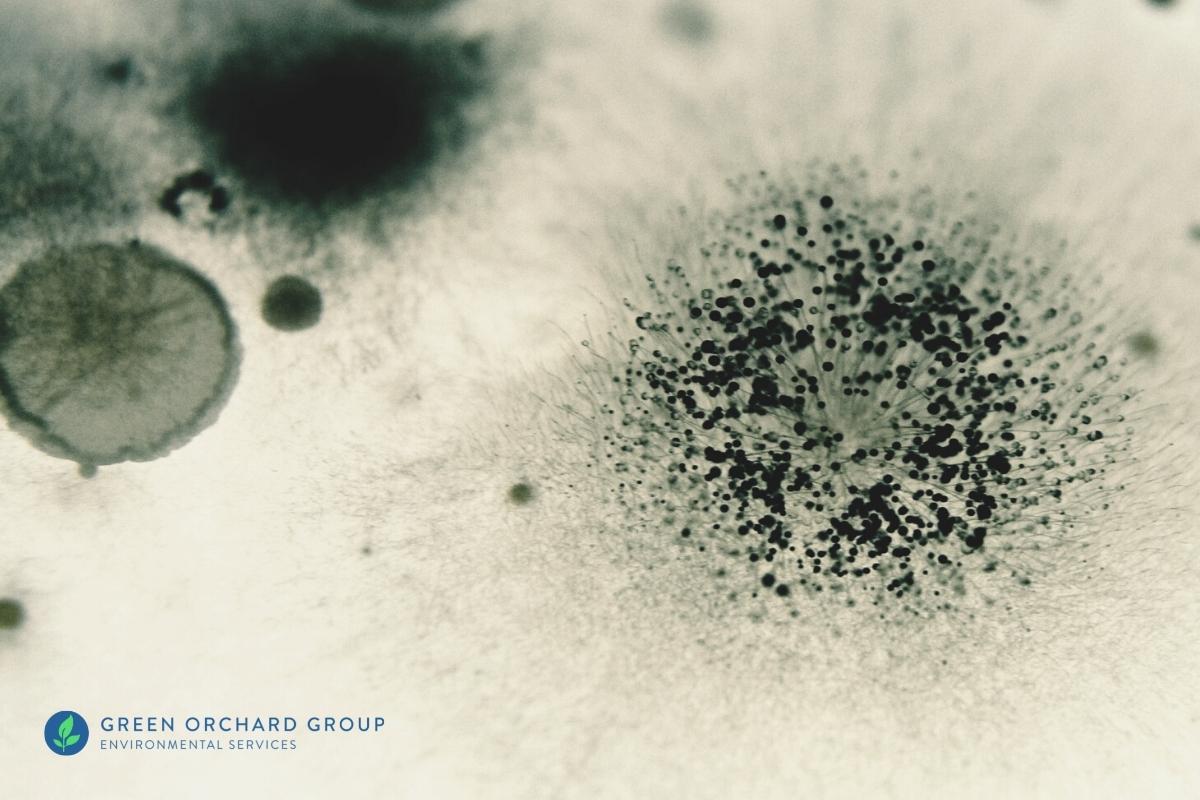
Concerned about the health effects of mold spores in your home? While it’s not feasible to maintain a completely sterile environment, here are some ways to significantly reduce the amount of mold spores in the air in your home.

A decrease in ventilation and increased reliance on heating systems often results in an accumulation of indoor allergens like dust mites, pet dander, and mold spores. Here are 8 way to help you improve the indoor air quality in your house or apartment.
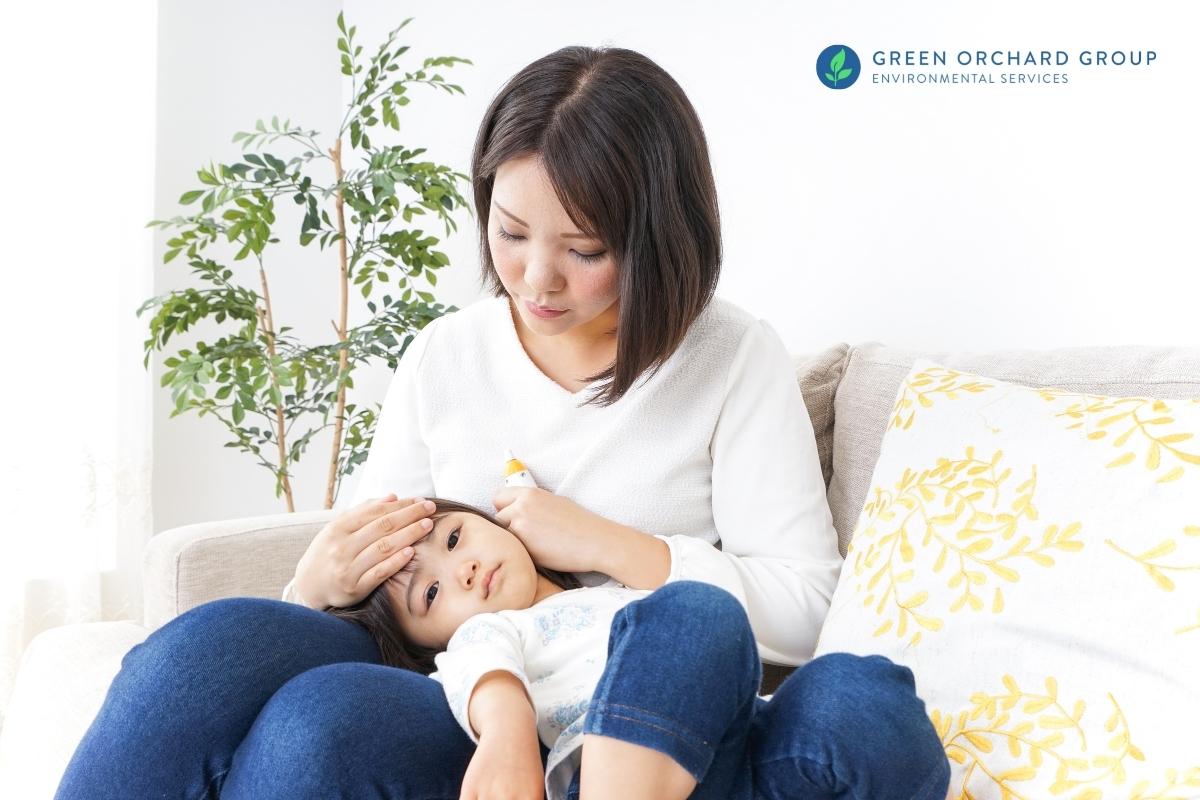
Worried about the risks and symptoms of lead poisoning in your home? Understanding the signs and symptoms of lead poisoning can help you take appropriate action to protect the health and safety of your family.
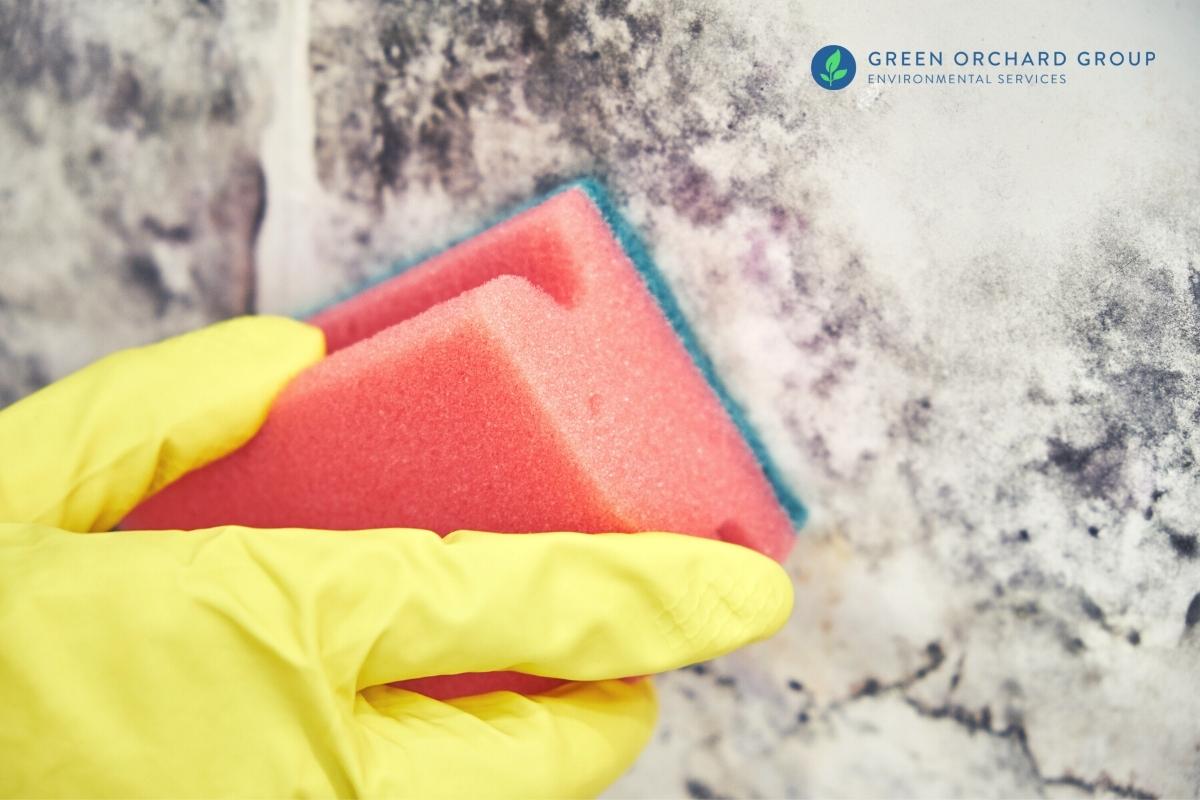
As a rule of thumb, small patches of mold growing on painted walls and surfaces can usually be safely removed by cleaning with a diluted bleach solution and thoroughly drying the affected area. Here’s what to know about removing mold from painted walls.
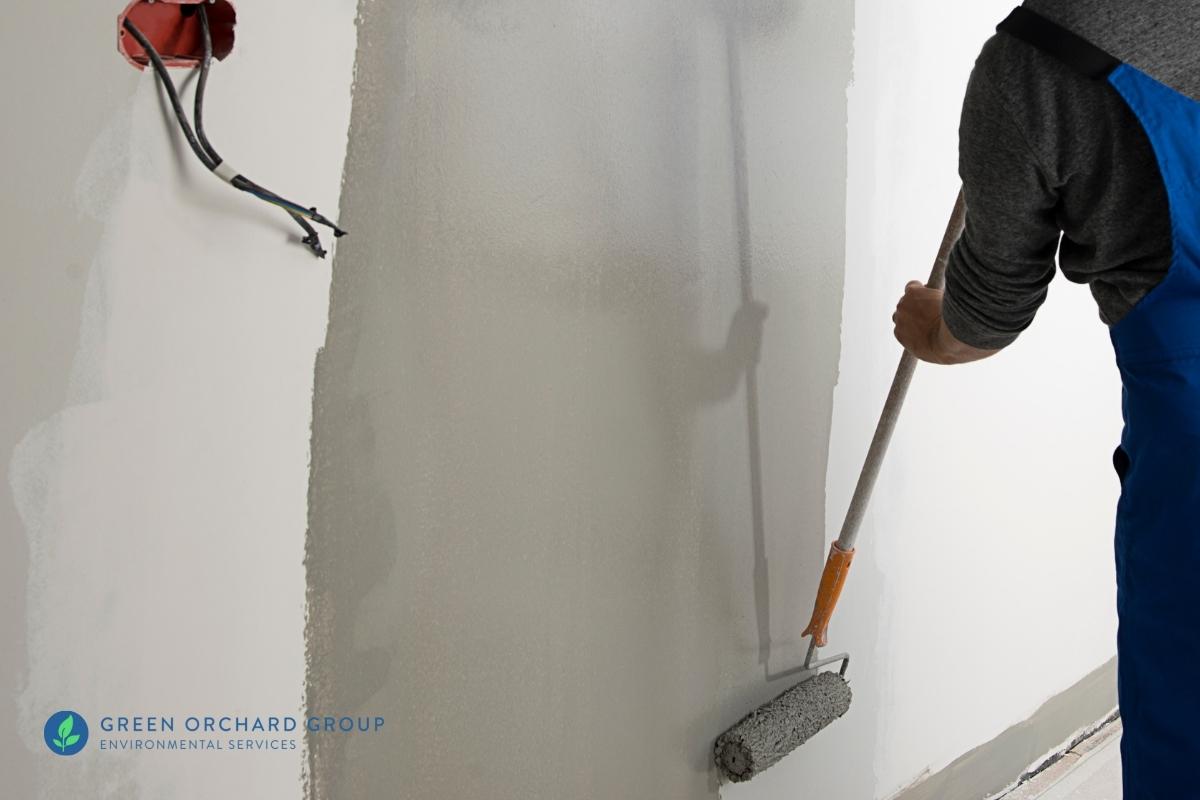
Lead encapsulating paint is a special type of material used to protect homes and families from being exposed to lead paint. Regular store-bought paint is NOT the same as lead encapsulating paint. In this article, we’ll explain what lead encapsulating paint is and how it’s used to safely abate lead-based paint hazards.
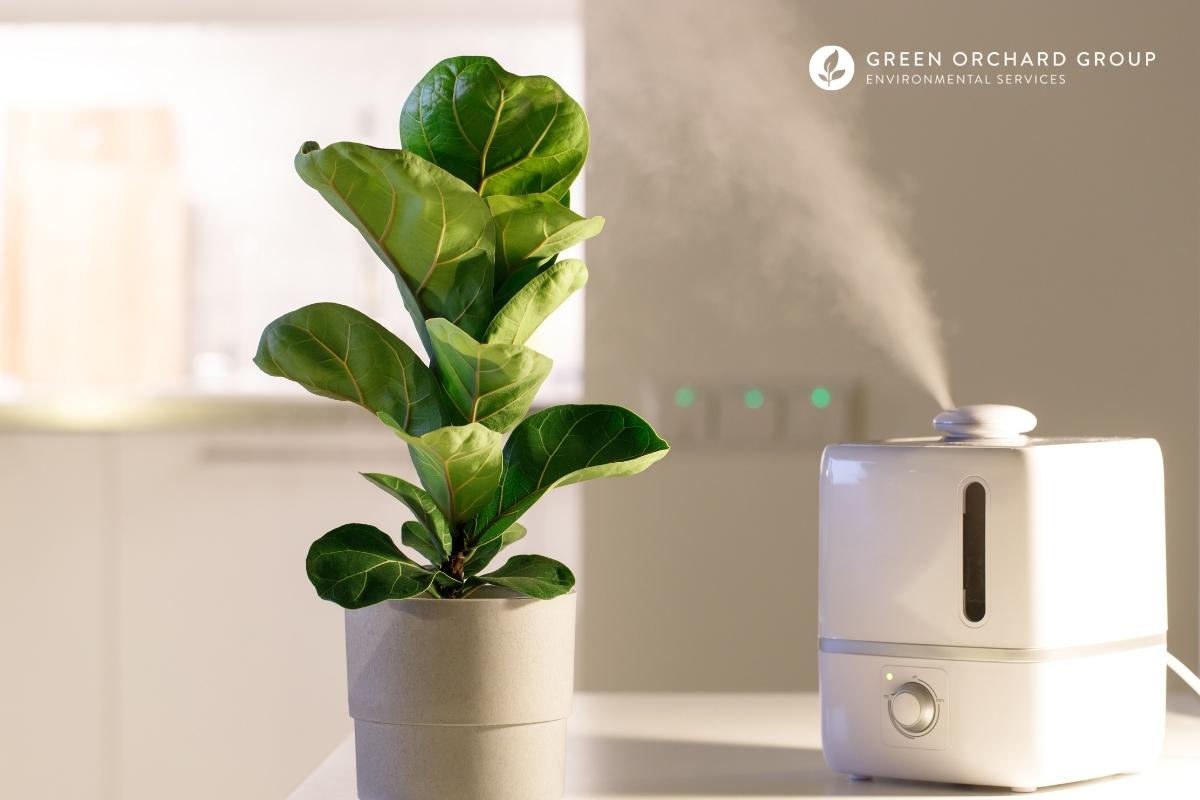
Studies suggest that certain essential oils have antifungal properties that can kill or inhibit mold and purify indoor air. In this article, we’ll introduce 5 air purifying essential oils that may be helpful against household mold.
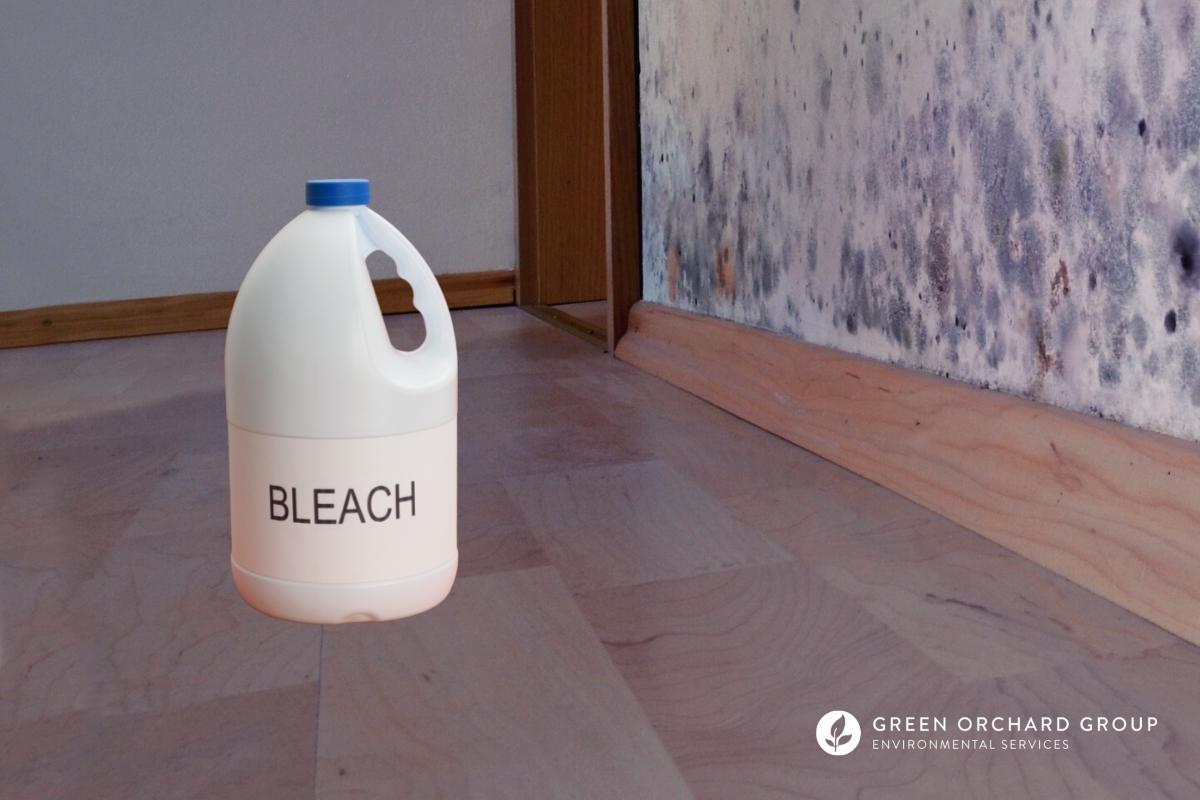
Bleach is a relatively accessible and convenient way to get rid of household mold — if used properly under the right circumstances. In this article, we’ll define what the “right circumstances” means and how you can use bleach to kill mold.
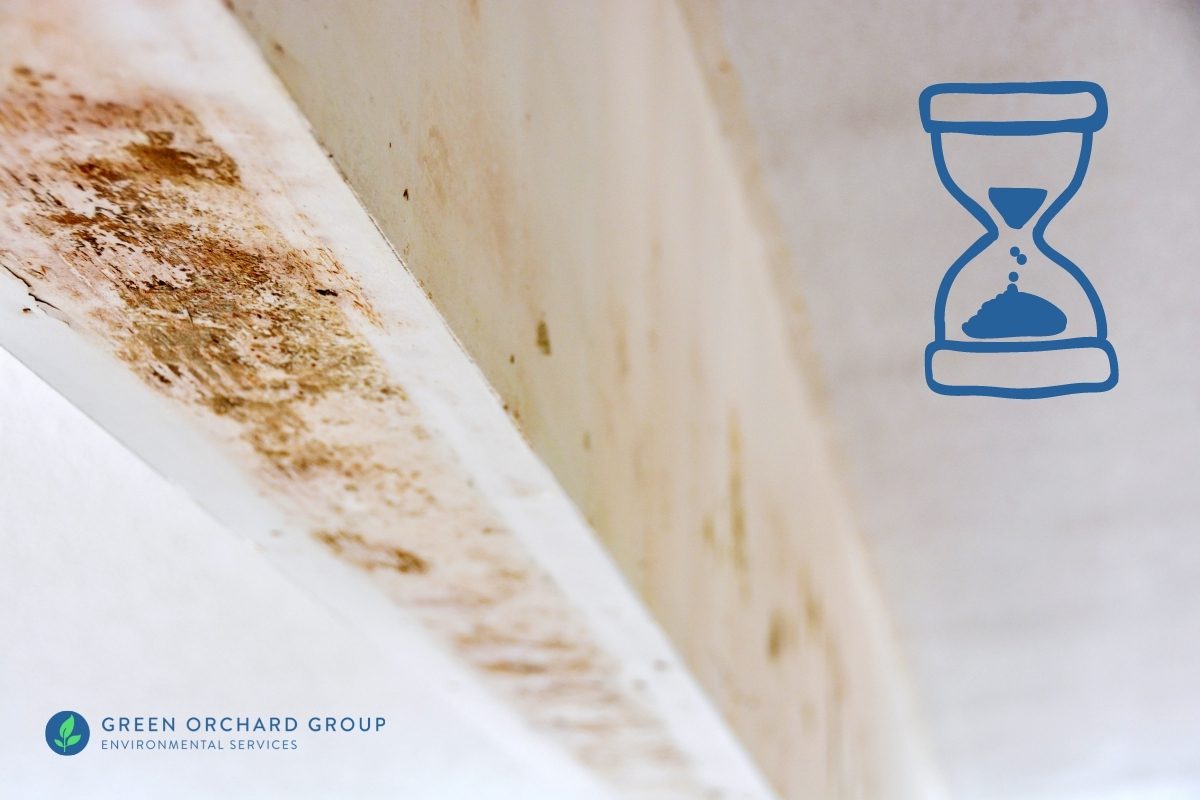
Unchecked moisture and humidity can lead to mold problems in your home or building. Under ideal conditions, mold can start to grow within the first 24 to 48 hours. However, visible signs of mold may not appear until days or weeks later.